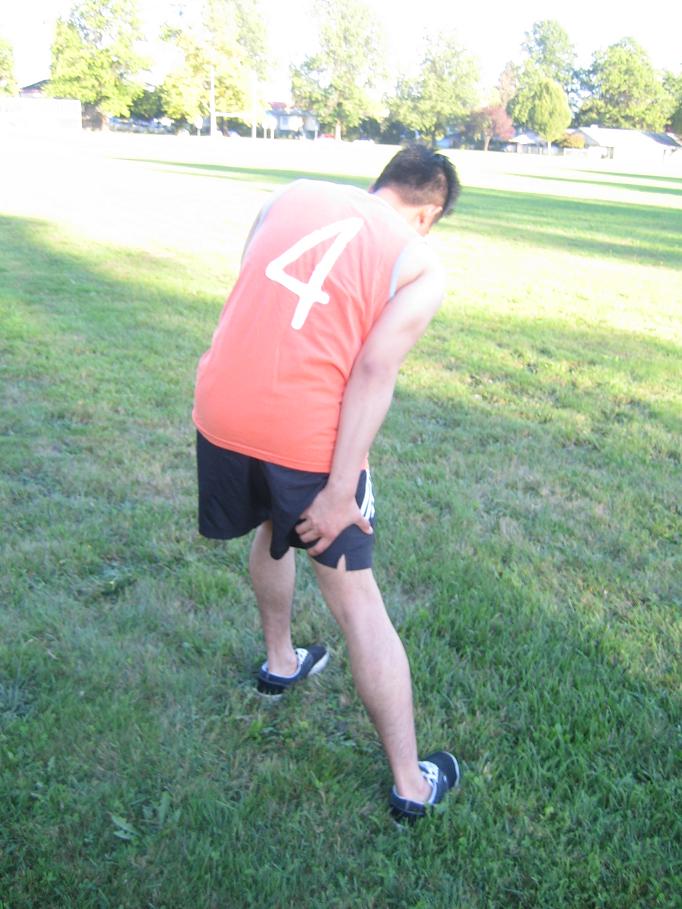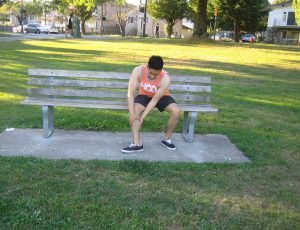Thrombophlebitis is a severe inflammation of a vein due to the formation of blood clot on the surface or in deeper tissues. The leg is usually affected but can also happen to other areas of the body. It is characterized by numbness, tenderness, redness and pain.
https://www.youtube.com/watch?v=254uNYJvAPM
Symptoms of thrombophlebitis
- Painful, tender, warm and hard sensations felt in the area
- Swollen, red and irritated tissue and skin around the area especially along the affected leg
- Severe pain and tenderness when placing pressure on the affected area
- Severe pain when flexing the ankle
- The swollen vein feels like a hard “cord” under the skin
Swollen, red and irritated tissue and skin around the area especially along the affected leg. - Swollen foot
Causes
- Injuries to the vein
- Being immobile for long periods of time such as being bed ridden in the hospital or during an injury.
- An inherited blood-clotting disorder
Treatment
- Injection of a blood thinning or anticoagulant medication such as heparin or fondaparinux to prevent enlargement of the blood clots. After the initial treatment, take the prescribed oral anticoagulant for several months to prevent enlargement of the clots.
- Wear the prescribed compression stocking to prevent the swelling and lessen the chances of complications of deep vein thrombosis.
- A filter is inserted into the main vein in the abdomen or vena cava to prevent the clots from spreading in the legs and into the lungs.
- Varicose vein stripping, it is a procedure that surgically remove varicose veins that cause the thrombophlebitis. It removes a long vein by making small incisions. This procedure does not affect circulation in the leg because veins found deeper in the leg increases flow of blood in the area.
- Apply alternately heat and cold to lessen the swelling and relaxes the affected area. Use moist compresses of hot and cold water for at least 10 minutes each. Apply heat in the area in the form of a hot compress, heat pack or hot water bottle in the area for at least 10 minutes, after 10 minutes follow it up with cold compress or frozen vegetable such as peas or corn for another 10 minutes. Avoid heat or ice directly on the skin. Another alternative is taking a hot bath is also good for the condition.
- Elevate the affected leg above the level of heart to lessen the inflammation and the pain. Raise the area in couple of pillows to keep it elevated.
- Take the prescribed nonsteroidal anti-inflammatory medications such as ibuprofen or naproxen to lessen the pain and the inflammation.
Tips
- Keep the body well hydrated by drinking at least 2 liters of water every day.
- Consume a diet rich in fiber, potassium, essential fatty acids and antioxidants.
- If riding in a bus or flying, take a walk up and down the aisle once an hour or so. Move the legs regularly by flexing the ankles or pressing the feet against the floor or footrest for at least 10 times every hour.
FACT CHECK
https://en.wikipedia.org/wiki/Thrombophlebitis
https://www.healthline.com/health/thrombophlebitis
https://www.mayoclinic.org/diseases-conditions/thrombophlebitis/symptoms-causes/syc-20354607


